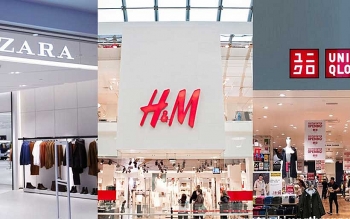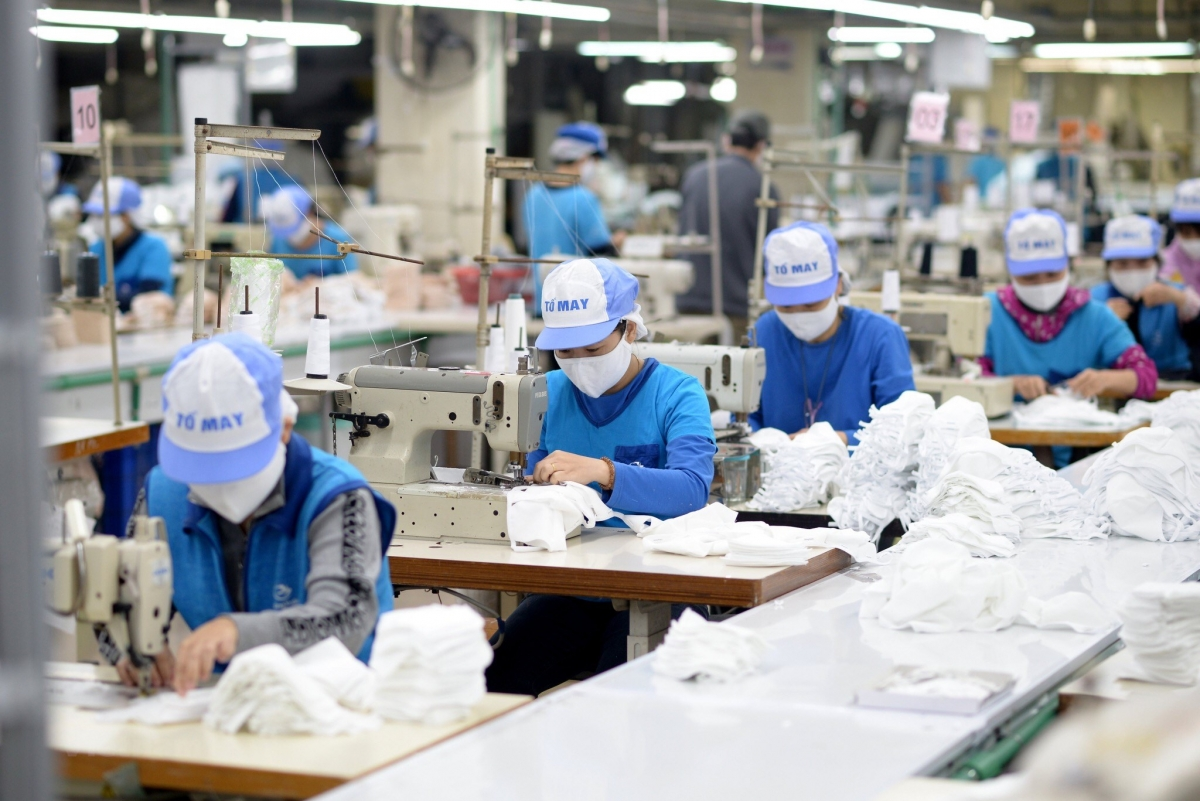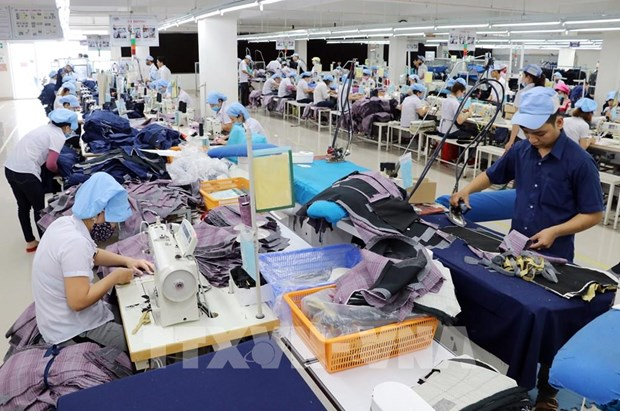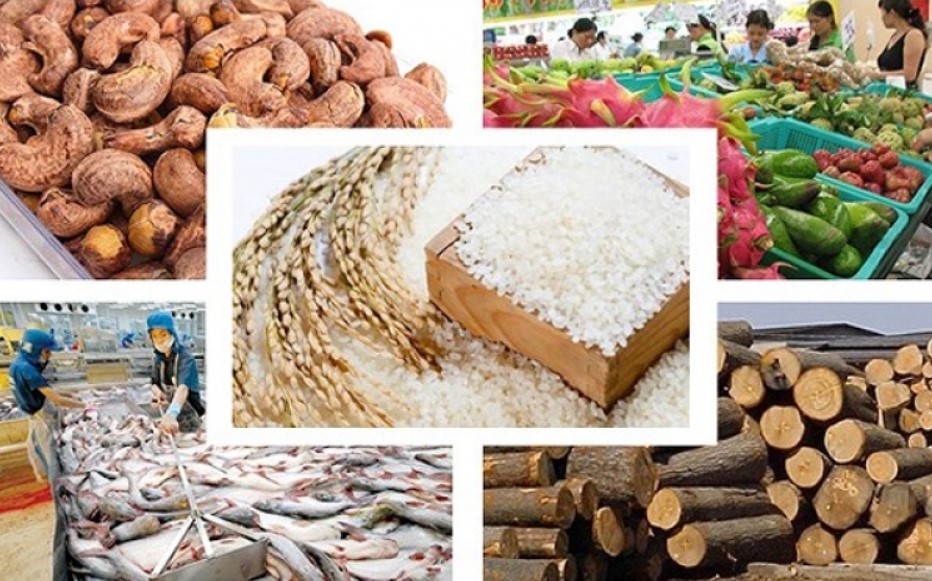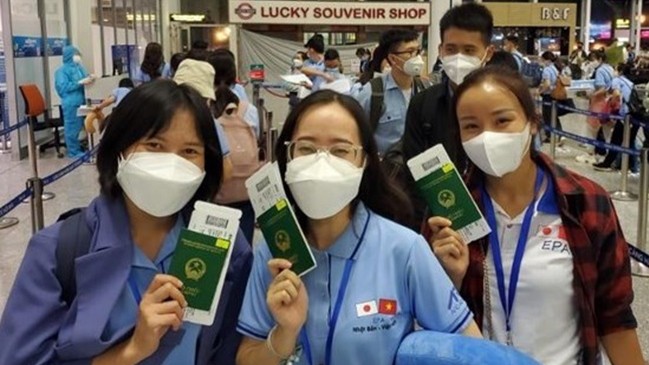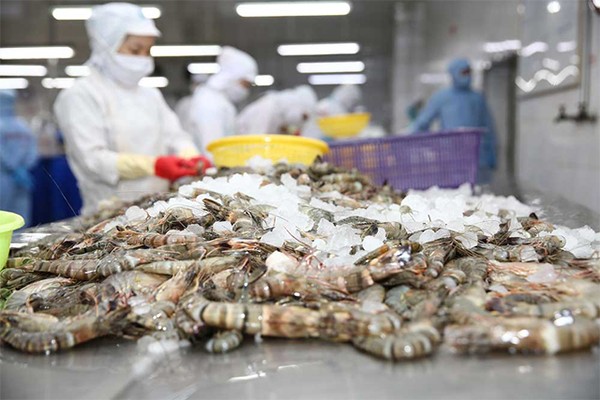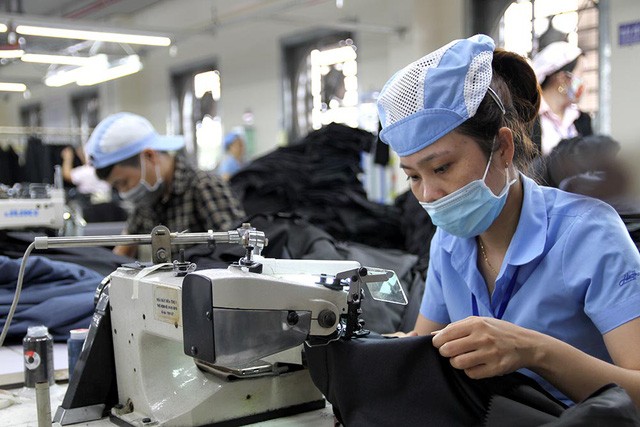Vietnam’s textile and footwear exports enjoy vigorous growth in five months
| Vietnamese fashion companies losing to foreign rivals on home soil | |
| Vietnam-Cambodia trade up 64 percent in two months | |
| Ministry: Garment exports to EAEU might have exceeded trigger level |
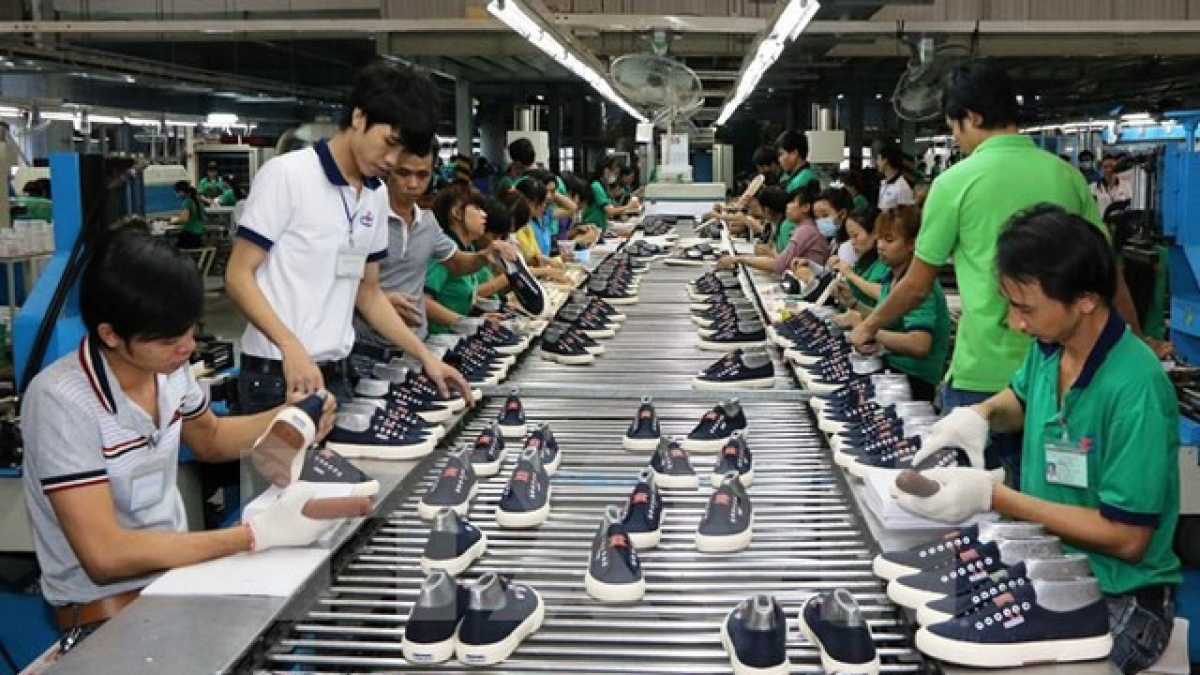 |
| Vietnam’s textile and footwear exports enjoy vigorous growth in five months. Illustrative photo: VOV |
This vigorous growth can largely be attributed to the gradual recovery occurring in several major markets in the post-novel coronavirus (Covid-19) period, along with opportunities brought about by the enforcement of new-generation free trade agreements (FTAs), according to VOV.
Throughout the reviewed period, the local garment and textile sector’s production index increased by 8.1% on–year, while that of the clothing industry witnessed a rise of 9.1%.
The production index of the domestic leather sector and related products rose by 12% compared to the same period from last year.
The garment-textile industry raked in US$12 billion, a year-on-year rise of 15%, while export turnover of fiber and yarns of all kinds increased by over 60%.
Furthermore, exports of shoes and sandals surged by 26.4% to more than US$8 billion compared to last year’s corresponding period.
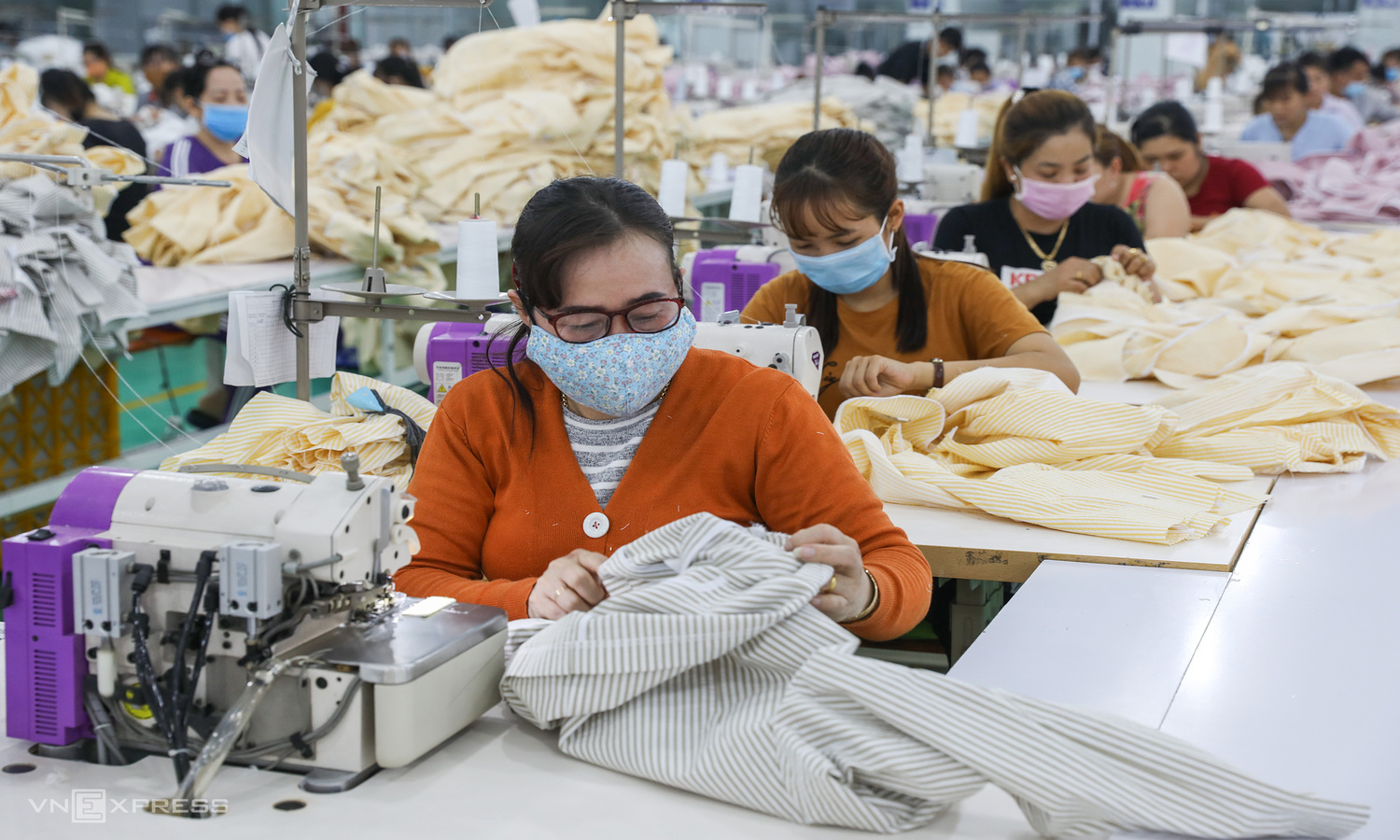 |
| Workers in a textile factory in Tan Do Industrial Park in the southern province of Long An. Photo: VnExpress |
The domestic textile and apparel industry has maintained its growth momentum with a four-month export turnover increasing by 13.33% to US$11.747 billion compared to the same period from last year, according to data released by the Vietnam Textile and Apparel Association (VITAS).
Of the overall figure, garments accounted for the largest proportion with US$8,766 billion, followed by fiber with US$1,638 billion, and fabric with US$740 million.
The United States, Europe, and Japan continue to be the major consumption markets for Vietnamese garments and textiles, and several local firms have secured orders until the end of the year.
By sustaining steady growth, Vu Duc Giang, chairman of the VITAS, expresses his optimism that the set export target of US$39 billion can be achieved this year.
According to industry experts, the country’s garments and textiles enjoy a competitive advantage in several major markets, including the EU and the US, whilst the export prices of cotton T-shirts remain higher than the same types of items made in other regional countries such as Bangladesh.
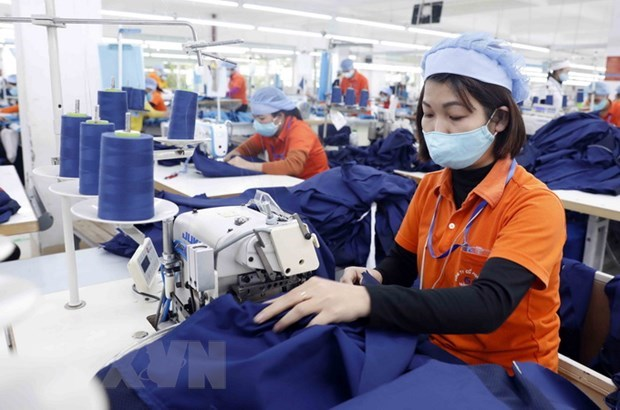 |
| Illustrative photo: VNA |
However, several businesses point out that although production has bounced back following a hit caused by Covid-19, their export revenues have yet to reach previous highs.
The decline in export turnover can largely be attributed to the fact that some companies like Garment 10 have received a number of orders at lower prices of outsourcing compared to 2019.
Meanwhile, a representative of Hue Textile and Garment Joint Stock Company expresses his worry that the second quarter of this year would be a difficult period for the garment sector as it coincides with the transition period between seasons. This period often sees sharp price fluctuations, changes in the structure of orders, product types, and a declining percentage of free-on-board (FOB) orders.
Amid the complex nature of the Covid-19 pandemic, the garment sector is anticipated to be impacted by global trends, including market volatility and fluctuations.
The VITAS has therefore advised local businesses to closely monitor market changes, adjust production strategies, and seek new orders, while simultaneously making efforts to utilize green solutions in production towards sustainable development.
Meanwhile, the Ministry of Industry and Trade will continue promoting exports by optimizing opportunities brought by free trade agreements (FTAs), diversifying export and import markets, along improving the competitiveness of export products and developing trademarks.
Garment-textile sector eyes US$ 39 billion in export turnover this yearVietnam’s garment-textile sector sets a target of US$ 39 billion in export revenue this year, equal to that of 2019, according to the Vietnam National Textile and Garment Group (Vinatex). Last year, due to the impacts of the Covid-19 pandemic, the US-China trade tensions, trade protectionism and the Brexit, Vietnam’s garment-textile exports reached only US$ 35 billion, Vietnamplus reported. However, the result is still remarkable given the global demand dropping over 22 percent. In 2020, Vietnam was the only one among the world’s top five garment-textile exporters not to have to cease production. Vinatex recorded total revenue of VND15.5 trillion (US$ 670.7 million) and combined profits of VND 628.9 billion, equal to 106 percent and 164.8 percent of the set targets, respectively. Vinatex Chairman Le Tien Truong suggested the Government cut long-term interest rates, elaborating that garment-textile firms would find it hard to access loans after a year of low business efficiency. Enterprises hope for specific policies to be adopted by the Government to assist the support industry in the sector, he added. According to Truong, localities have supported the sustainable and clean production of the garment-textile industry which, he said, must follow global rules set for the supply chain. Under the Government management, the sector has reduced non-production costs, especially those for logistics services through the national logistics network, and other non-tariff costs. |
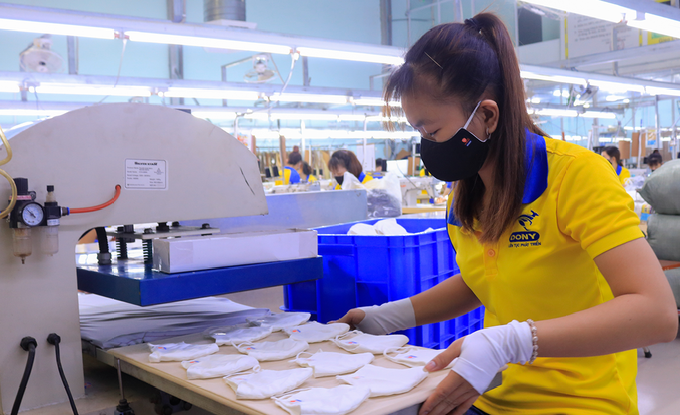 | Vietnam’s textile and garment exports hit US$2.6 bln in January Vietnam earned US$2.6 billion from exports of textiles and garments in January 2021, representing a 3.3% year-on-year increase, according to the Ministry of Industry and ... |
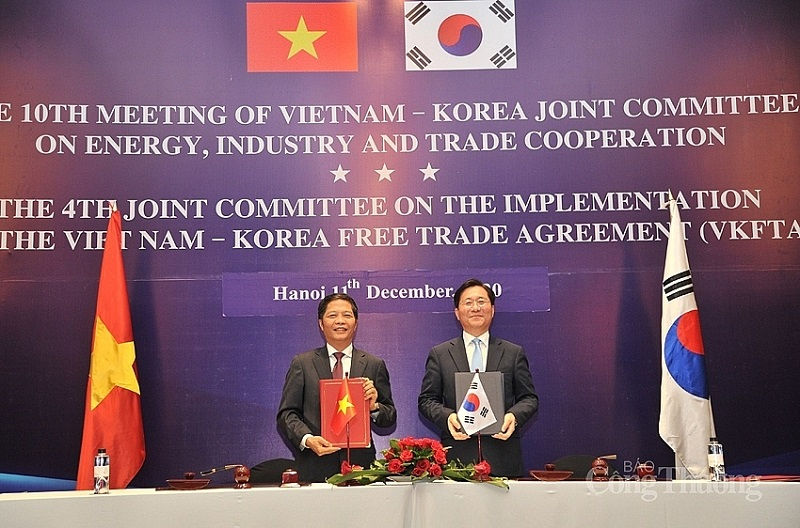 | Vietnam, RoK sign deal on origin cumulation of garment and textile The agreement has a special significance in helping Vietnamese enterprises to take advantage of high- quality raw materials from South Korea and then export garment ... |
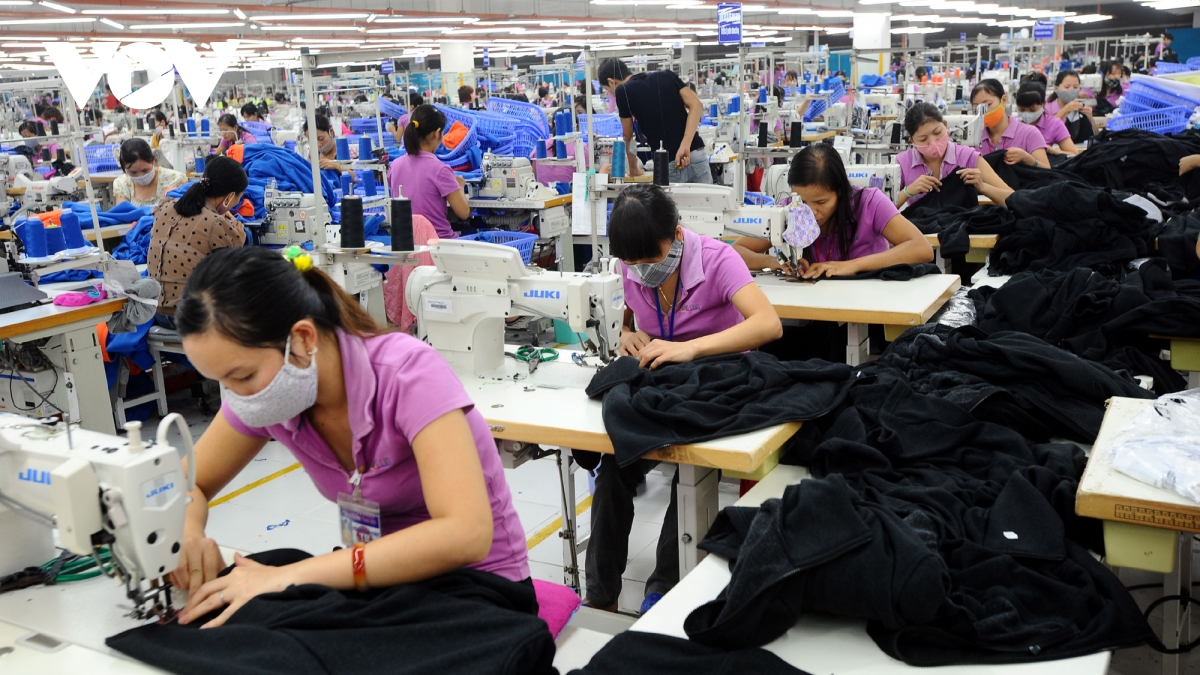 | EVFTA offers ample room for Vietnam-Netherlands cooperation in fashion industry With the implementation of the EU-Vietnam Free Trade Agreement (EVFTA), trade ties between Vietnam and the Netherlands, especially in the fashion industry, are expected to ... |

